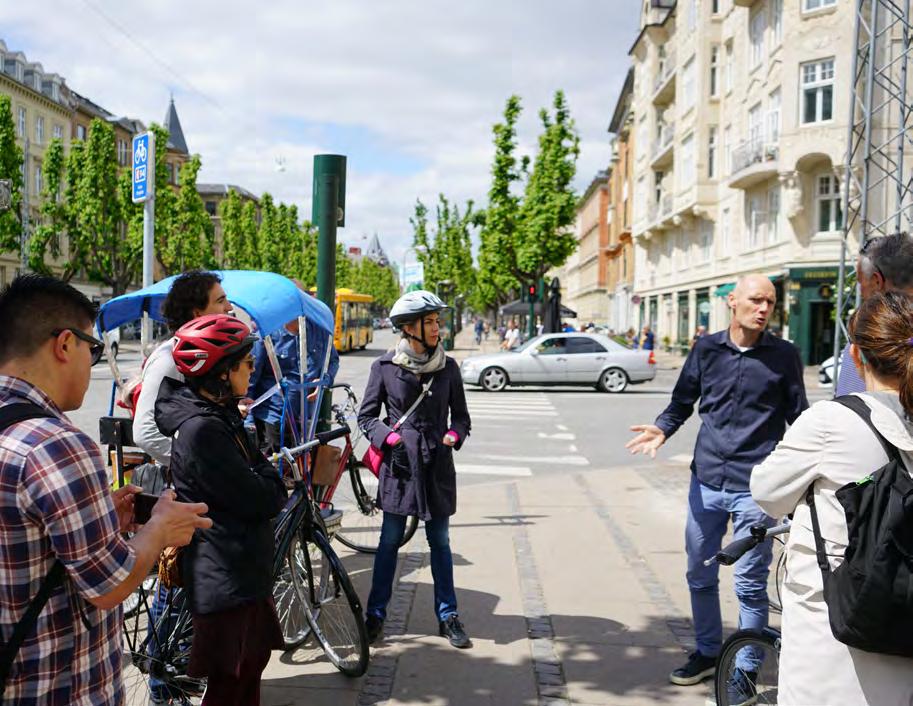
1 minute read
CHANGE AND HEALTH
MAKING AN IMPACT ON CLIMATE CHANGE AND HEALTH
EVIDENCE TO SPUR ACTION: WALKING AND CYCLING BENEFITS TOOL
C40 Cities – the global network of cities addressing climate change – and Cities Changing Diabetes are working together to tackle health and climate change at city level. This partnership is based on a shared belief that decisions taken today about food, energy, green spaces and transport in our cities will be pivotal in determining the state of the climate and public health for future generations.
Area of significant opportunity: walking and cycling
Infrastructure that features protected, spacious and well-located cycle lanes and pavements encourages active mobility among urban citizens. This can strongly contribute to cities delivering the reductions needed to curb CO2 emissions, while also reducing the risk of heart disease and type 2 diabetes.
C40 Cities and Cities Changing Diabetes acknowledged that in order to not only motivate more cities to realise these benefits, but also increase the scale and pace of action required to counter these global challenges, there was an opportunity to help cities build the case for specific and effective policies related to cycling and walking.
Convening cities
To discuss this, the partners brought together the cities that had already begun to take action: bikeability and walkability in Mexico City, energy efficiency retrofits in New York City, solar water heaters in Johannesburg, Bus Rapid Transit in Santiago, and urban forestry in Melbourne. In these cities, innovative case study materials were developed to inspire others and create the foundation for starting to measure the benefits of urban actions.
The learnings from cities involved in the partnership highlighted key knowledge gaps in demonstrating pre- and post-action data. That is why Cities Changing Diabetes and C40 Cities developed the Walking and Cycling Benefits tool. This tool enables cities to measure the wider benefits of walking and cycling, focusing on health benefits from increased physical activity and the associated economic benefits. It supports cities in making a stronger case for infrastructure projects that increase active mobility with benefits for both climate and health and in turn unlock more support from a wide range of stakeholders.










